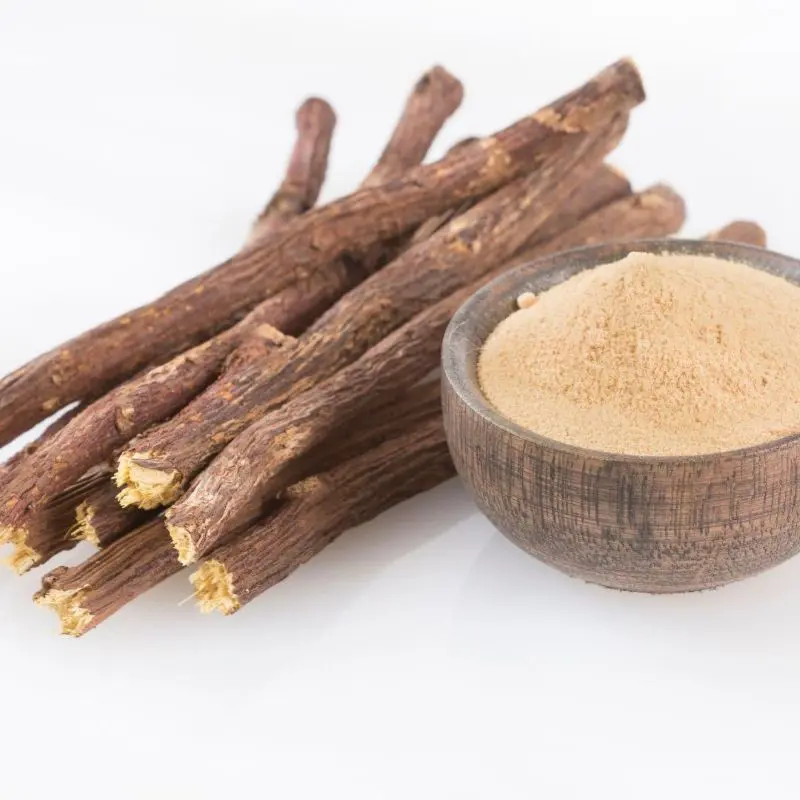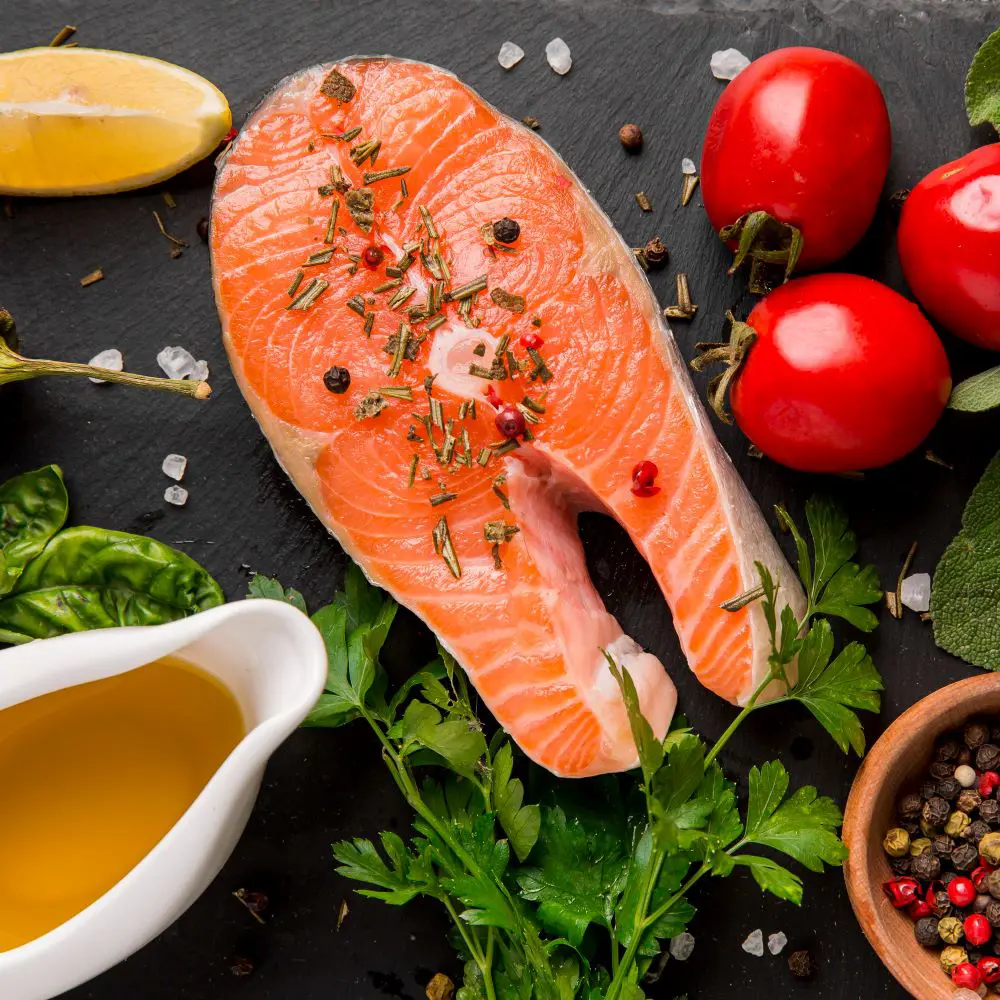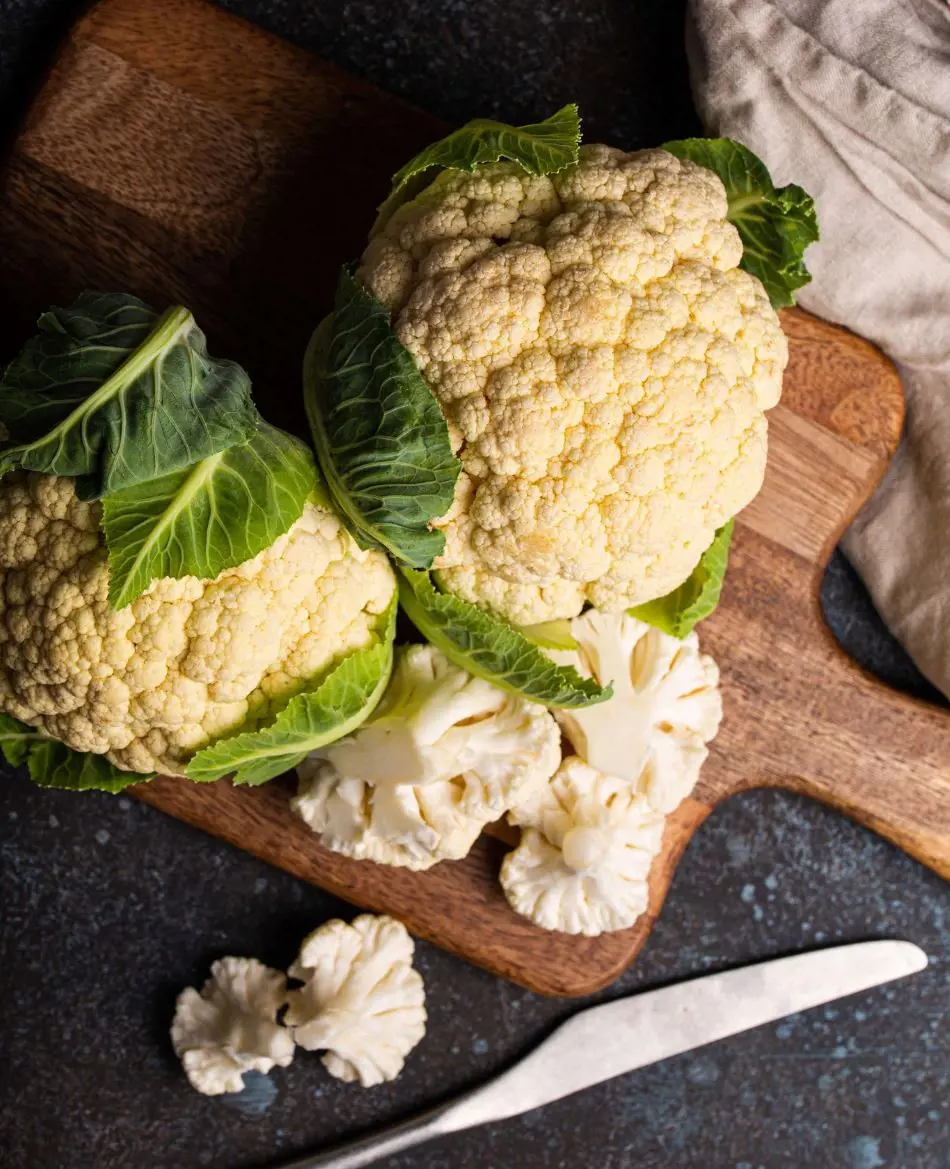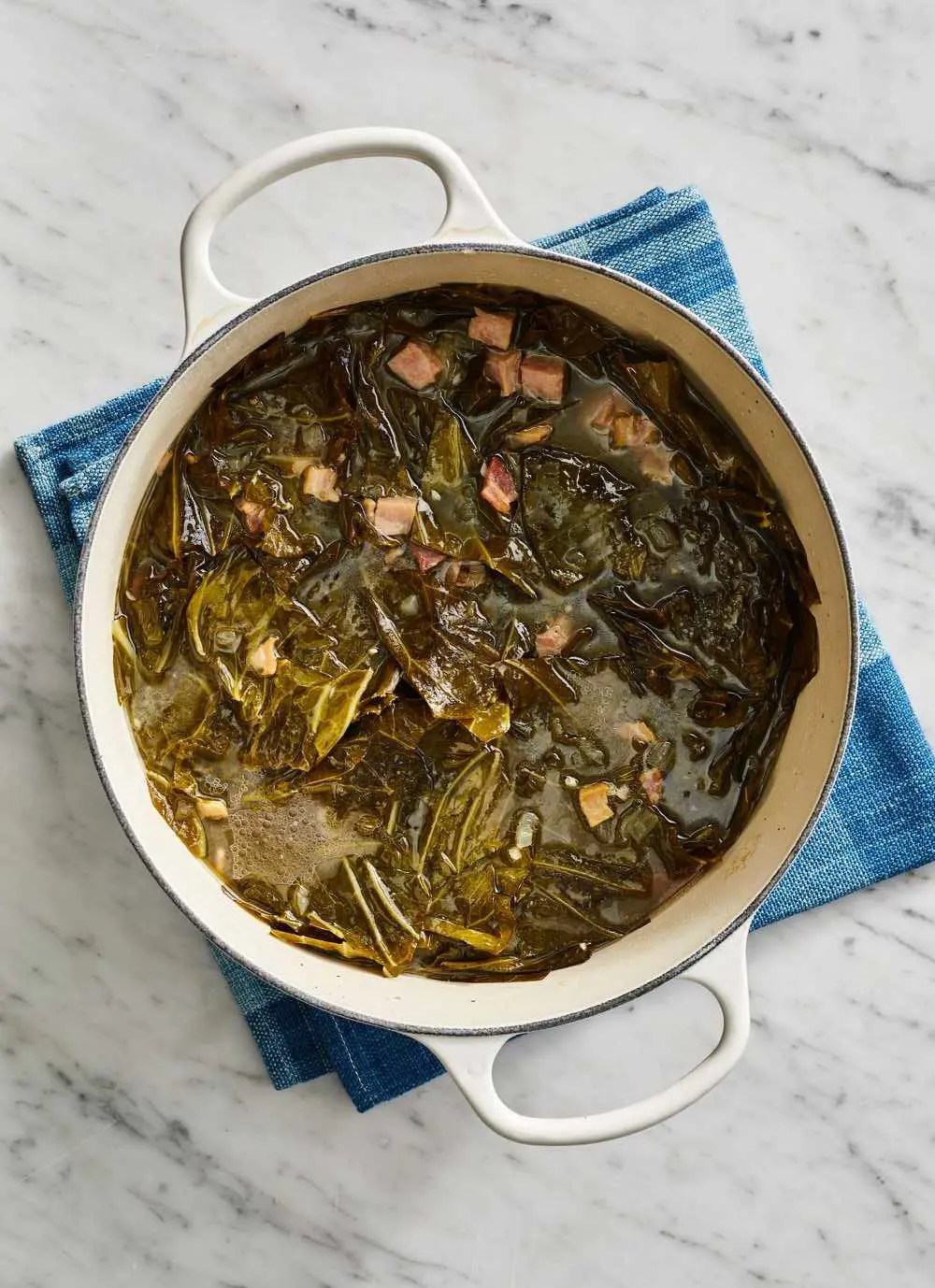20 Amazing Low Glycemic Fruits To Manage Blood Sugar Levels

Fruits are nature's candy, from the juicy sweetness of a ripe mango to the crisp refreshment of a freshly picked apple, they bring happiness and vitality to our lives.
Did you know some fruits can help manage blood sugar levels? Not all fruits are equal in their impact on blood sugar. Some have a low glycemic index (GI), meaning they release sugar more slowly and steadily into the bloodstream. This can be especially beneficial for maintaining healthy blood sugar levels.
In this article, we'll explore 20 amazing low-glycemic fruits that are delicious and fantastic for managing blood sugar levels.
1. Apples
Apples are one of the best low-glycemic fruits for managing diabetes because they have a shallow glycemic index of 39, meaning they cause a gradual rise in blood sugar rather than a rapid spike. They are an excellent source of fiber, with about 4 grams per medium apple, which slows the absorption of sugar and makes you feel full for longer.
Similarly, they are also packed with antioxidants, especially in the skin, which can help fight inflammation and improve insulin sensitivity.
Plus, they are convenient, portable, and come in various delicious flavors to enjoy raw, baked, or in salads and smoothies. Eating apples with the skin on provides the most nutrients and fiber, so aim for 1-2 apples per day as part of a healthy, diabetes-friendly diet.
2. Oranges
These juicy, sweet treats have low glycemic index because they are packed with fiber, which is like a superhero for your body. Fiber helps you feel full and satisfied and slows down the absorption of sugar, so your blood sugar levels stay nice and stable.
And let's not forget about all the incredible vitamins and minerals in oranges, like vitamin C and potassium. Vitamin C is an antioxidant that can help improve how your body uses insulin, and potassium is incredible for your heart health.
Just remember to go easy on the juice, since it doesn't have the same fiber as the whole fruit. Aim for 1-2 oranges per day as part of a balanced, diabetes-friendly diet.
3. Pears

Pears have a super low glycemic index of just 38, which means they won't cause a spike in your blood sugar like some other fruits might. This is because pears are packed with fiber, a medium pear has over 6 grams of fiber, which is 21% of your daily requirement.
The fiber in pears helps your body absorb the natural sugars more slowly, which keeps your blood sugar levels steady. Additionally, pears are packed with vitamins like C and K and vital minerals such as potassium, calcium, and magnesium.
So not only are pears great for managing diabetes, but they're also really nutritious and can be enjoyed fresh as a snack or baked into a tasty dessert.
4. Cherries
Cherries, with a low glycemic index of 20, cause a gradual rise in blood sugar due to their high fiber content. They contain over 3 grams of fiber per cup, which helps stabilize blood sugar levels. Rich in antioxidants like vitamin C and polyphenols, cherries may reduce inflammation and oxidative stress and improve insulin sensitivity.
Studies suggest cherries could aid in glucose regulation and reduce diabetes complications, although more research is needed. Additionally, cherries support heart health with their potassium content and boost immune function with vitamins A and C.
They make a tasty, diabetes-friendly snack or addition to salads, smoothies, and desserts, but portion sizes should be monitored due to their carbohydrate content.
5. Peaches
With a super low GI of just 28, peaches are outstanding fruits to manage blood sugar levels. As with other fruits, they are packed with fiber because a medium peach has over 2 grams of fiber, which helps slow down the absorption of sugar into your bloodstream, keeping your blood sugar stable.
Peaches are also loaded with crucial vitamins like vitamin C. Plus, they are low in calories and fat, making them a delicious and nutritious choice.
You can enjoy peaches fresh as a snack, baked into a tasty dessert, or blended into a smoothie. So, if you're looking for a sweet treat that won't send your blood sugar soaring, peaches are definitely one of the best options.
6. Passion Fruit

This tasty and amusing fruit has a GI of 30 and a glycemic load of 6.9. Likewise, its high fiber content, with 2g per medium fruit, slows the absorption of sugars, while its antioxidant richness, particularly in vitamin C, helps improve insulin sensitivity and regulate blood sugar levels.
Some studies even suggest that passion fruit contains compounds like pectin that could improve how your body responds to insulin, helping to manage blood sugar better. It's a great option for people with diabetes or anyone aiming for healthy blood sugar levels when included in a balanced diet.
7. Soursop
Soursop is a tropical fruit known for its unique flavor, and it's a hidden gem for managing blood sugar levels in people with diabetes. It has a low glycemic index (GI) score of 30 to 32, impressive right?
One of the reasons Soursop is so good for diabetes is its high fiber content. As we know, fiber slows down how quickly sugars are absorbed into the bloodstream, helping to keep blood sugar levels stable.
Soursop is also rich in antioxidants like flavonoids, which can reduce inflammation in the body. It's a great choice for anyone trying to control their carbohydrate intake because it's in the top 25% of foods for dietary fiber content.
8. Kiwi
Due to its high fiber content, kiwi has a GI of around 50. Plus, the glycemic load (GL) of kiwi is also low at 7.3, further indicating that it has a minimal impact on blood sugar.
In addition to its low GI and GL, kiwi is packed with beneficial nutrients, for instance, vitamin C. These tasty and beneficial fruits also contain potassium, which is crucial for regulating blood pressure, and copper, which plays a role in red blood cell formation and immune function.
Furthermore, the high fiber content in kiwi helps promote feelings of fullness and slows the absorption of sugars, preventing blood sugar spikes. It makes kiwi an excellent choice as a snack or addition to meals for individuals with diabetes who are looking to manage their blood sugar levels.
9. Guava
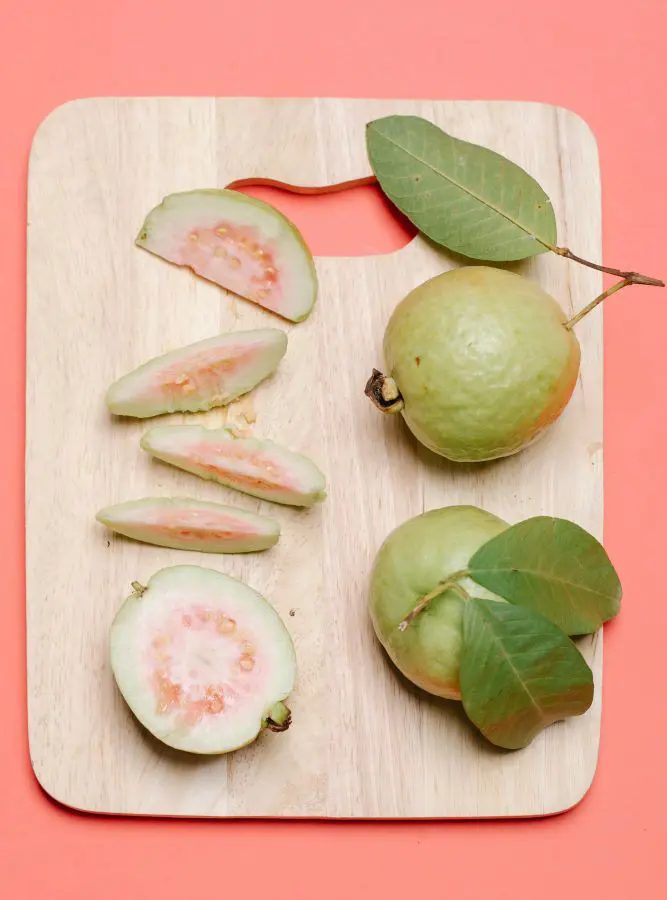
Guava is packed with fiber, about 8.6 grams per 100 grams of fruit, which slows down how fast sugars are absorbed into your bloodstream, preventing sudden highs.
Moreover, guava is rich in antioxidants like vitamin C, polyphenols, and carotenoids, which can improve how your body responds to insulin and help regulate blood sugar. It's also loaded with essential vitamins and minerals like vitamin C, potassium, and copper, all of which support overall health, especially important for managing diabetes.
Thus, including guava in a balanced diet designed for diabetes can satisfy your sweet cravings while keeping your blood sugar levels stable.
10. Grapes
Grapes are a great low-glycemic fruit that can help manage blood sugar levels. They have a low GI of 53 and are high in fiber, especially when eaten with their skins, which slows down sugar absorption and prevents blood sugar spikes.
Red grapes, in particular, are rich in polyphenols like resveratrol, quercetin, catechins, and anthocyanins, which can reduce high blood sugar and improve insulin sensitivity. You can easily include grapes in a diabetes-friendly diet by eating them fresh, making grape smoothies, or using them as a substitute for high-sugar jams and jellies.
Moreover, grapes provide essential vitamins, minerals, and antioxidants that support overall health, which is important for managing diabetes.
11. Apricots
With a glycemic index of around 34, apricots have a relatively low impact on blood sugar compared to many other fruits. This is because they contain a moderate amount of carbohydrates, along with a good amount of fiber, which helps slow the absorption of sugars into the bloodstream.
Additionally, they are rich in vitamins and antioxidants, making them a nutritious choice that can be enjoyed in moderation by people with diabetes as part of a balanced diet.
The combination of low glycemic impact and beneficial nutrients makes apricots a great fruit option for those looking to manage their blood sugar levels effectively.
12. Plums
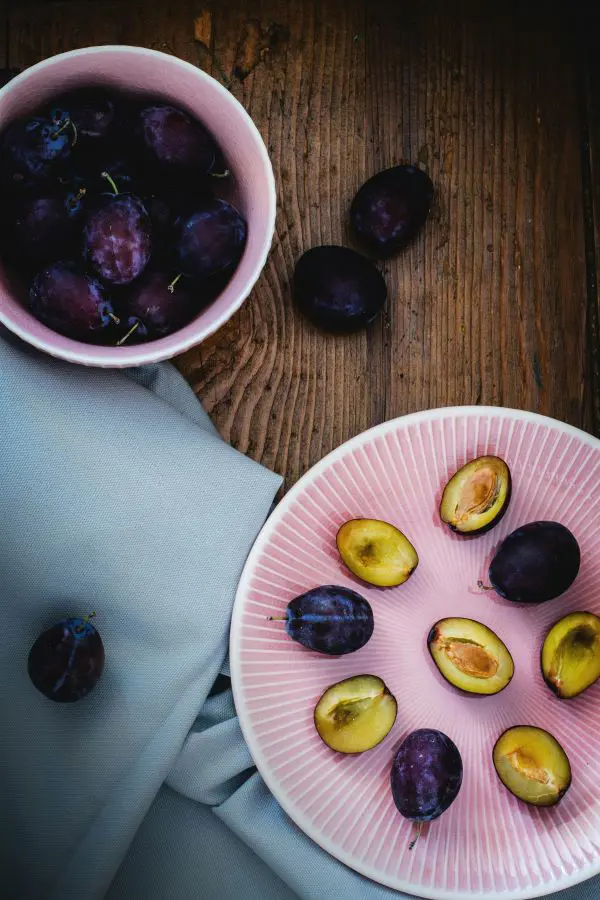
Plums are a fantastic low-glycemic fruit that can help manage blood sugar levels due to their unique nutritional profile. With a glycemic index (GI) of 40, plums cause a gradual and moderate rise in blood sugar, making them a diabetes-friendly choice. Also, they are rich in fiber like other fruits.
Additionally, plums are packed with antioxidants like polyphenols and anthocyanins that protect cells from oxidative stress and contribute to better diabetes management.
Whether fresh or dried (as prunes), plums offer a sweet and satisfying treat while keeping blood sugar in check, making them an excellent addition to a healthy, balanced diet for individuals with diabetes.
13. Strawberries
Strawberries are not only delicious but also a splendid choice for managing blood sugar levels in people with diabetes. With a low glycemic index of 40 and high fiber content, they help prevent rapid spikes in blood sugar.
Beyond their low GI, strawberries are packed with vitamins like C, minerals such as manganese, folate, and potassium, and antioxidants that support overall health.
They're a wise addition to a balanced diet, offering sweetness without causing blood sugar spikes. Enjoy strawberries guilt-free, knowing they're a healthy choice for managing diabetes effectively.
14. Papaya
Besides its richness in fiber, papaya boasts a moderate glycemic index of 60. The fiber content not only aids in improving insulin sensitivity, facilitating more efficient glucose uptake into cells but also contributes to a longer-lasting feeling of fullness.
Moreover, papaya is packed with antioxidants such as vitamin C and flavonoids, which play crucial roles in regulating blood sugar levels and reducing the risk of diabetes-related complications like cardiovascular disease.
These beneficial properties make papaya a highly recommended and versatile fruit for individuals with diabetes looking to enhance their diet and overall health.
15. Starfruit

Starfruit, also known as carambola has an exceptionally low glycemic index of just 45. The low glycemic index of starfruit is attributed to its unique nutritional profile. It is low in sugar and high in fiber, which helps slow down the absorption of sugars and prevents blood sugar spikes.
Additionally, starfruit contains beneficial antioxidants and minerals like magnesium that can improve insulin sensitivity and regulate blood glucose levels.
Plus, incorporating starfruit into meals and snacks is easy. Its sweet-tart flavor pairs well with salads, pies, juices, and more.
16. Mangoes
Despite being naturally sweet, mangoes have a relatively low glycemic index (GI) of 51. This is because of a good amount of fiber.
Additionally, they are rich in beneficial compounds like vitamins, minerals, and antioxidants that can further support healthy blood sugar regulation. Studies have shown that mango consumption can actually help lower fasting blood glucose levels and improve insulin sensitivity in people with prediabetes or diabetes.
By incorporating moderate amounts of mangoes alongside other low GI foods, individuals can enjoy the sweet taste and nutritional benefits of this "king of fruits" without worrying about dramatic fluctuations in their blood glucose levels.
17. Tamarind
Tamarind is an astonishing fruit known for its low glycemic index of just 23, making it beneficial for managing blood sugar levels in people with diabetes. Its high fiber content slows down sugar absorption and promotes a longer-lasting feeling of fullness.
Additionally, tamarind contains beneficial compounds like magnesium, which can improve insulin sensitivity and help regulate blood sugar levels.
With its unique nutritional profile and gentle impact on blood sugar, tamarind is an excellent choice for incorporating into a healthy, low-glycemic diet aimed at managing diabetes effectively.
18. Avocado

Avocados have a low glycemic index (GI) ranging from 15 to 40, meaning they slowly digest and cause gradual increases in blood sugar levels. They're rich in heart-healthy monounsaturated fats and fiber, which help stabilize blood sugar.
Research also suggests that the monounsaturated fats in avocados can improve insulin sensitivity, helping the body regulate blood sugar more effectively. With very low carbohydrates and minimal sugar content, avocados are an excellent fruit choice for managing diabetes or monitoring blood sugar levels.
Avocados' unique nutritional profile, low carb content, and high healthy fat and fiber levels contribute to their extremely low glycemic impact, making them one of the best fruits for maintaining healthy blood sugar levels.
19. Blueberries
First, blueberries have a GI of 53, besides that, they are rich in antioxidants called anthocyanins, which give them their distinctive blue color.
Similarly, research suggests these antioxidants may help improve insulin sensitivity, allowing the body to process glucose more efficiently. By enhancing insulin sensitivity, blueberries can help keep blood sugar levels under control and potentially prevent or manage diabetes.
Moreover, they are good sources of fiber. Besides slowing the absorption of sugar, the fiber in blueberries can also promote feelings of fullness, which may aid in weight management, a crucial factor in diabetes prevention and control.
20. Blackberries And Raspberries

Blackberries and raspberries are considered some of the best low-glycemic fruits for managing blood sugar levels. These berries have a very low glycemic index, typically ranging from 28-40, which means they are digested and absorbed slowly, causing only gradual increases in blood sugar. This is because of its wealth in fiber.
In addition, the antioxidants and other beneficial plant compounds in blackberries and raspberries also help regulate blood sugar metabolism. As a result, these delicious berries are an excellent choice for people with diabetes or anyone looking to maintain stable blood sugar levels.
Recent posts
Nutrition
Nutrition
Licorice Root: Benefits And Uses
You can spell it liquorice or licorice; this herb or root has been in use for centuries in most medicinal applications, as a natural sweetener and to enhance flavors. Regarding its origins, it comes from the root of the "Glycyrrhiza galbre" plant and...
Nutrition
Is Salmon Good For You? Nutritional Facts and Benefits
Salmon fish is a staple diet throughout the world, popular as a super food for its nutrients. Whether savored in sushi, poached, grilled, roasted, or pan-fried, salmon offers minerals and vitamins that contribute to healthy bodily functions. In addit...
Nutrition
25 Smoked Salmon Recipes That You Will Enjoy
Salmon is a silver-colored fish that is loaded with many nutrients, vitamins, and omega-3 fatty acids. Smoked Salmon is better for improving your health and reducing the risk of cancer, heart-related diseases, fights inflammation, reduces anxiety and...
Nutrition
Are Sausages Healthy? Nutrition And Health Benefits
Sausages are tasty in an addictive way, making them one of the most popular foods worldwide. You may have enjoyed this convenient food often, whether on a bun with mustard or grilled on a barbecue, the simple preparation methods are what makes its co...
Nutrition
20 Vegetables That Are Rich In Iron
Iron is essential for our bodies to function well. When we don't get enough iron, we often feel weak and tired. It's important to address iron deficiency early by eating the right foods. Fortunately, many vegetables are rich in iron and can help prev...
Nutrition
15 Cauliflower Nutrition Facts And Health Benefits
Cauliflower, a cruciferous vegetable, resembles a white variation of its relative, broccoli. Like broccoli, it has closely bunched florets attached to a thick core, often surrounded by a few leaves. While white is the most common color, cauliflower i...

